The Main Building has beautiful exhibits that interpret the past in this area of Montana.
There are multiple interesting artifacts of Will James (1892-1942). He was a cowboy, author, and artist who owned a ranch in Big Horn County. Born in Canada, he made his way to the west where he fulfilled his dream to become a cowboy. After an accident on a bucking bronco in a rodeo, he settled down to writing and drawing. He published his first book in 1926 and purchased the Rocking R Ranch in 1927. He wrote 24 books, many short stories that were published in magazines coast to coast, and illustrated his own books and did illustrations for the books of others. Below is a bust of James.
This is a cool exhibit with a life-size horse, James's saddle, chaps and other ranch stuff.
His log studio and two cabins were gifted to the museum and moved to the location in 2007.
This is a cool exhibit with a life-size horse, James's saddle, chaps and other ranch stuff.
His log studio and two cabins were gifted to the museum and moved to the location in 2007.
Stage coach from the 1880s displayed with 38-star U.S. flag.
Little Bighorn Battlefield era weaponry. Many other artifacts found at the battlefield were also on display.
John would love to own this Colt 45 manufactured in 1883.
This is a model of the Far West steamboat that transported Major Reno's 52 wounded soldiers from the Little Bighorn Battle down the Yellowstone and Missouri Rivers to Fort Abraham Lincoln in Bismarck, Dakota Territory. With great urgency Captain Grant Marsh piloted the steamboat the 700 miles in just 54 hours. Only three of the 52 died during the journey.
Model T Ford.
Bison.
Spring carriage popular in the early 1900s. It could be pulled by one or two horses and was rigged for two passengers. Buffalo robes were frequently used for comfort on the seat or warmth.
We proceeded to the outdoor boardwalk to see the historic equipment and buildings.
There is a huge array of antique and vintage farm machinery.
Below is the interior of a Slaughter House & Meat Market from the 1920s owned by brothers Hans and John Goering. It was donated and moved to the museum in 2000.
Coal wagon used on railroads.
Two small white cabins built in 1927 by Jake and Pearl Linthacum were part of the Camp Custer Motel. There were eventually 14 cabins. Dr. Thomas Marquis rented one in 1932 to open the first Custer Battlefield Museum. These two were donated in 2001 when the hotel was sold.
Interior.
Lodge Grass Depot (1890-1900s).
Depot interior.
Antique trunks in depot.
Livestock railcar.
Drover railcar.
Campbell Farming Corporation - Camp 4 - 1900s. This company was created by Thomas Campbell to raise wheat due to shortages caused by World War I. He garnered funding from JP Morgan and several large banks who supported his financial plan to farm 7,000 acres. The four buildings are a bathhouse, commissary, bunkhouse, and cookhouse.
Interior of cookhouse.
Chow time!
Bunkhouse.
Halfway Schoolhouse - 1922.
Schoolhouse interior.
Merry-go-round.
Doctor's Building (1916) contains medical and dental artifacts.
Vintage wheelchairs.
Christ Evangelical Lutheran Church - 1917
Interior of church.
Corinth Store and Post Office, 1918. Living quarters were at the rear of the building.
Interior of Corinth Store.
Fly Inn Filling Station, 1933.
This post is not an all-inclusive review of the historic buildings that can be found at this museum. It is only representative of those we found particularly interesting! You will likely find others that interest you if you visit.
Overall, the work going on to preserve the history of the area is really impressive at this museum. We enjoyed our self-guided tour very much!
Admission to the museum is $5/adults; $4/seniors; $3/students; children 11 and under free.
Website: www.bighorncountymuseum.com
Merry-go-round.
Vintage wheelchairs.
Christ Evangelical Lutheran Church - 1917
Interior of church.
Corinth Store and Post Office, 1918. Living quarters were at the rear of the building.
Interior of Corinth Store.
Fly Inn Filling Station, 1933.
This post is not an all-inclusive review of the historic buildings that can be found at this museum. It is only representative of those we found particularly interesting! You will likely find others that interest you if you visit.
Overall, the work going on to preserve the history of the area is really impressive at this museum. We enjoyed our self-guided tour very much!
Admission to the museum is $5/adults; $4/seniors; $3/students; children 11 and under free.
Website: www.bighorncountymuseum.com
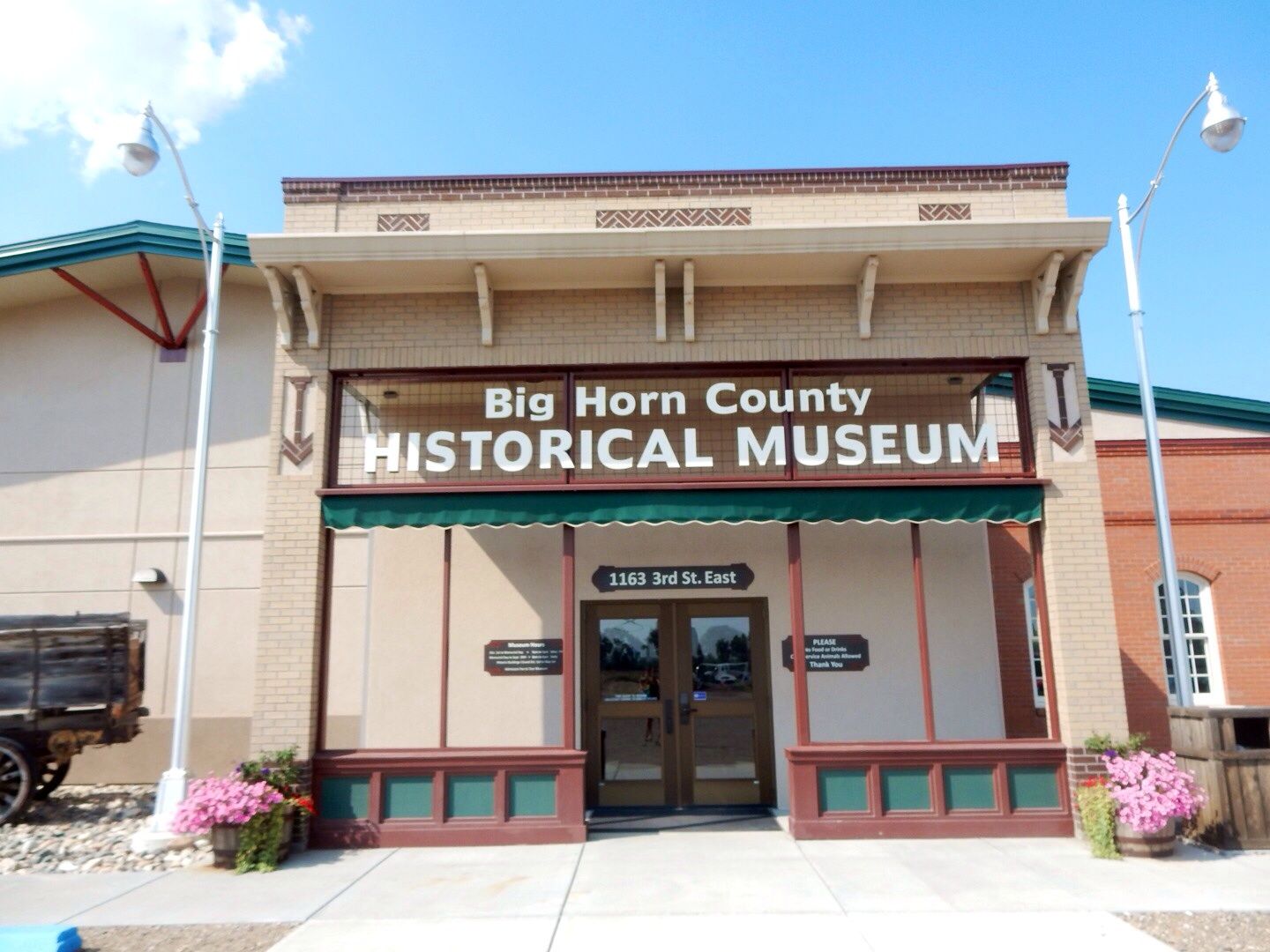
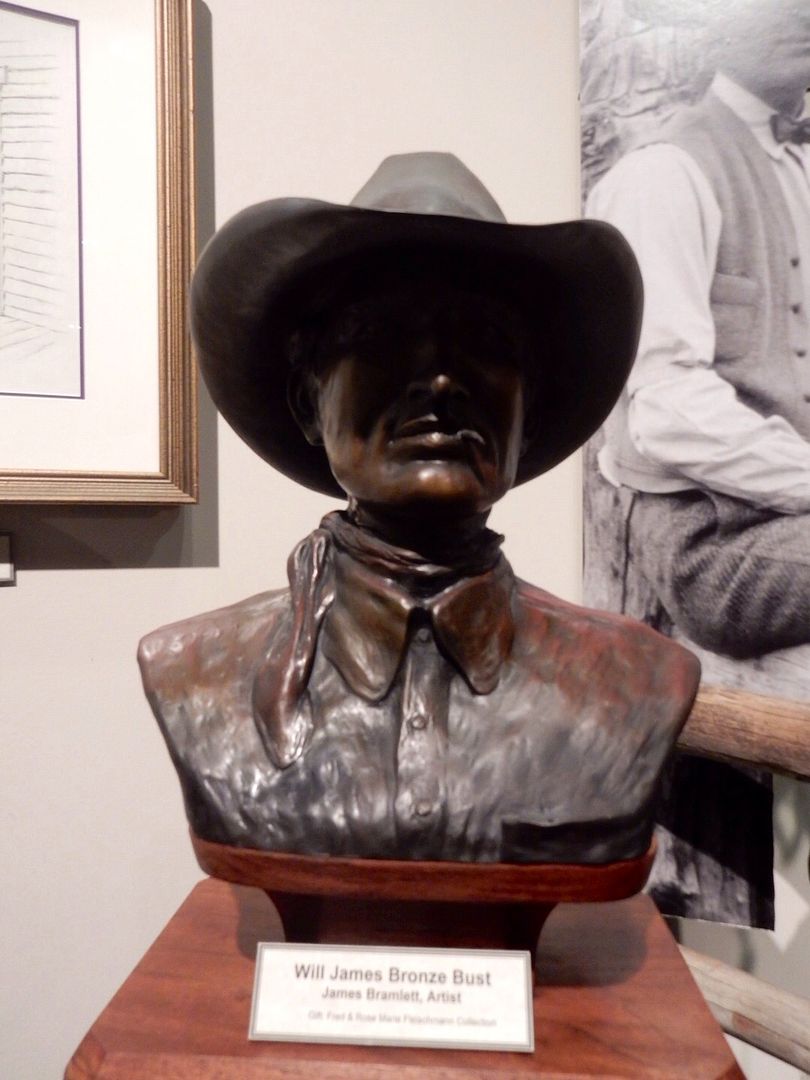

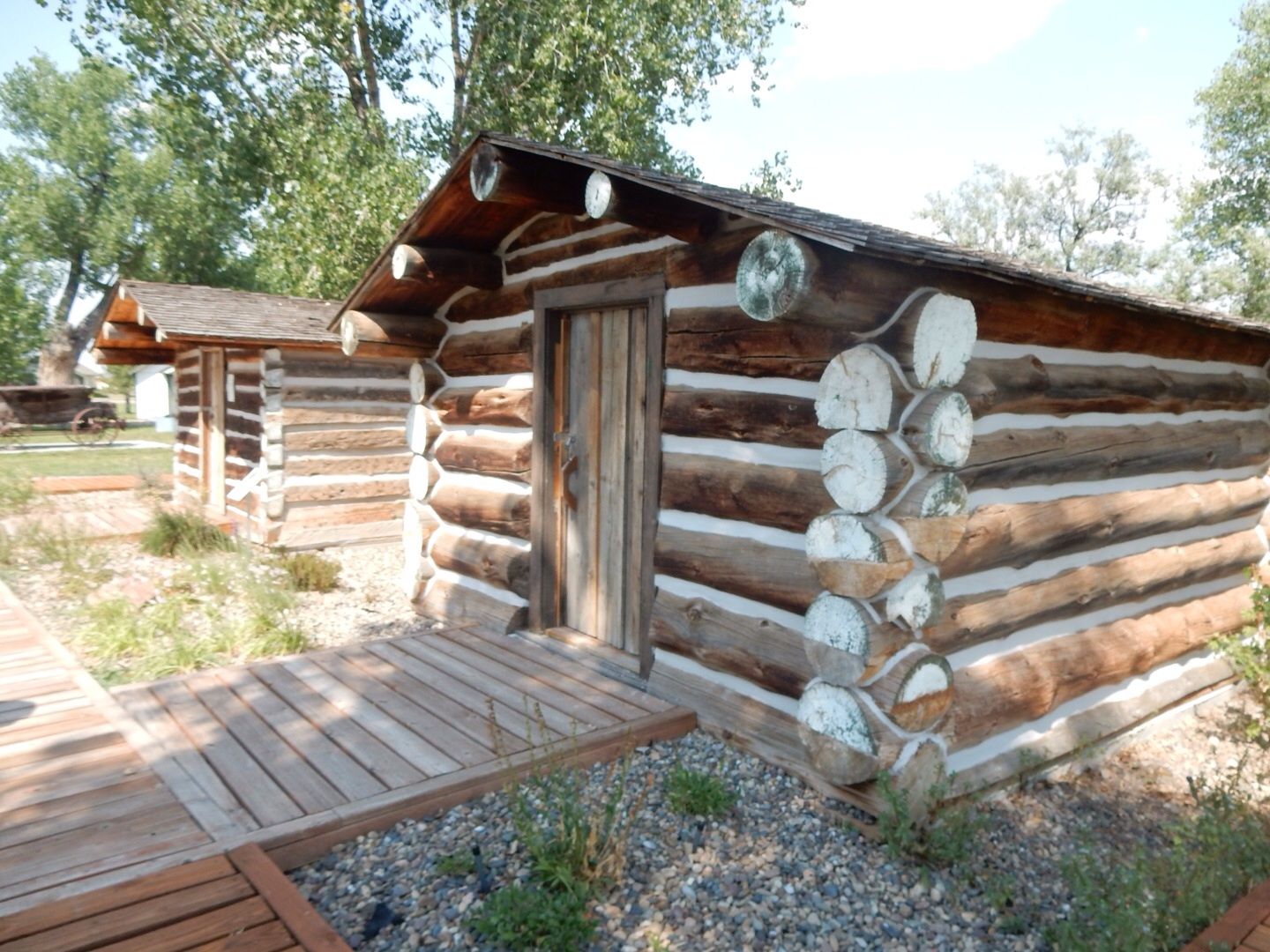


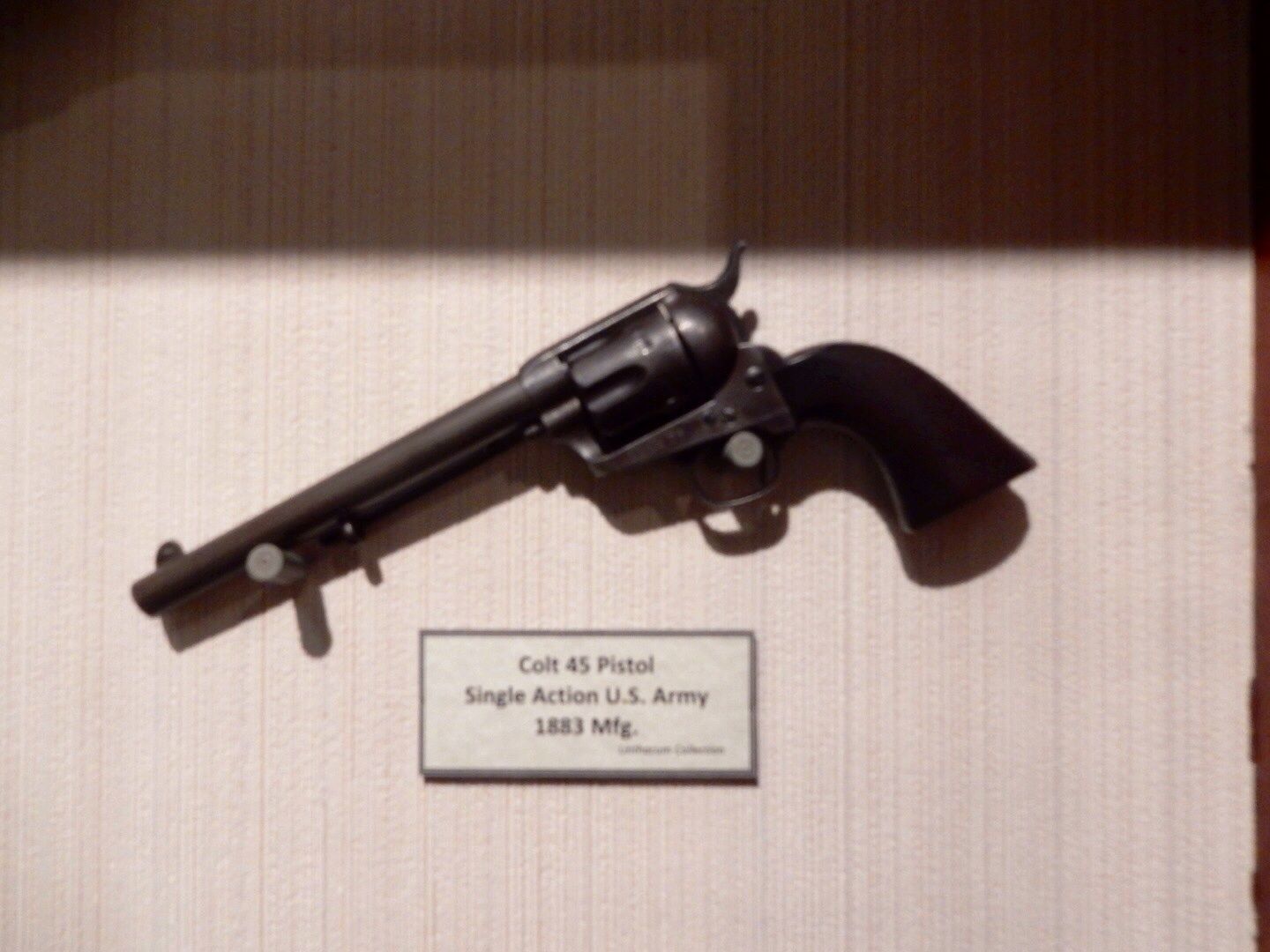
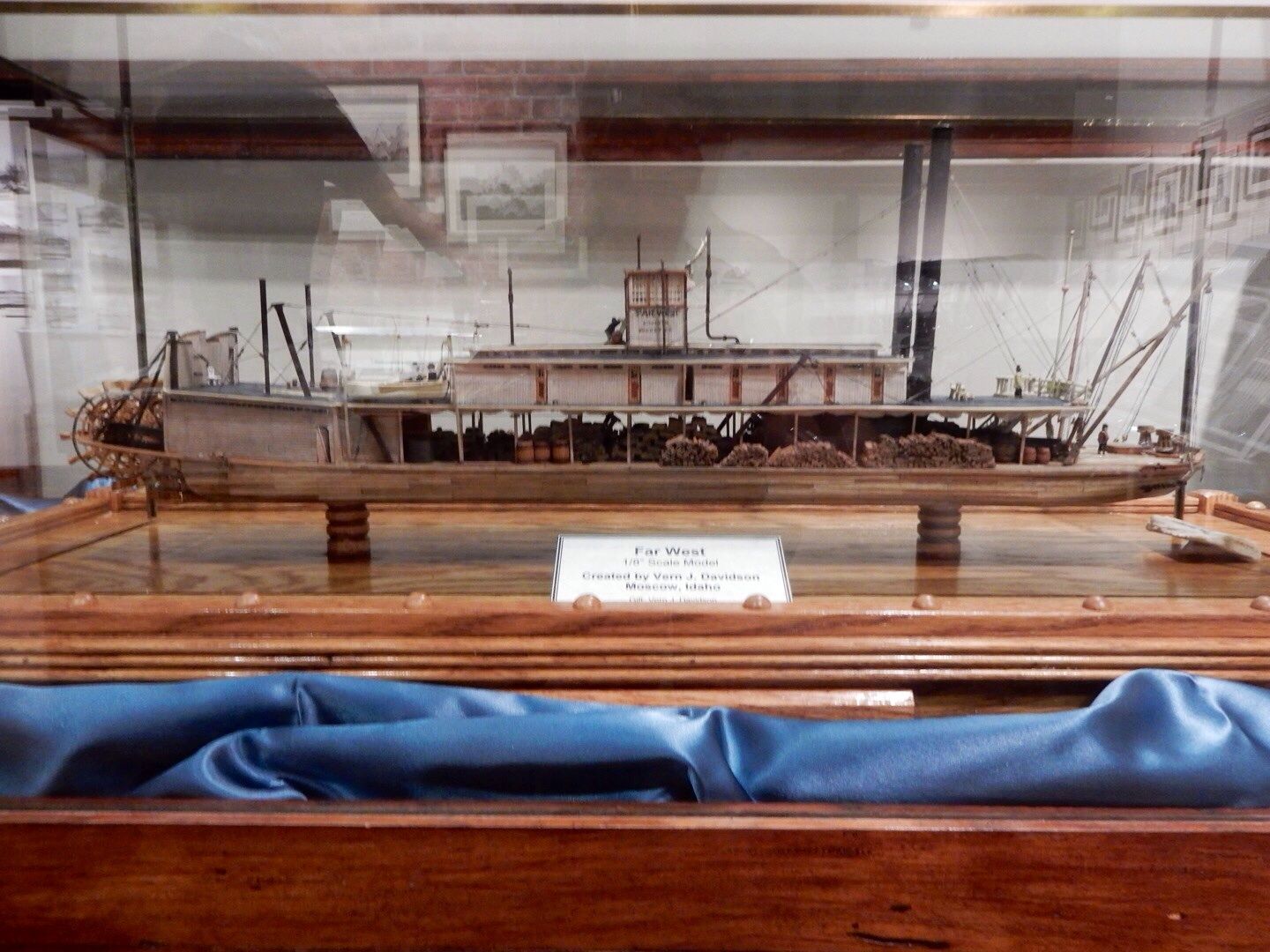

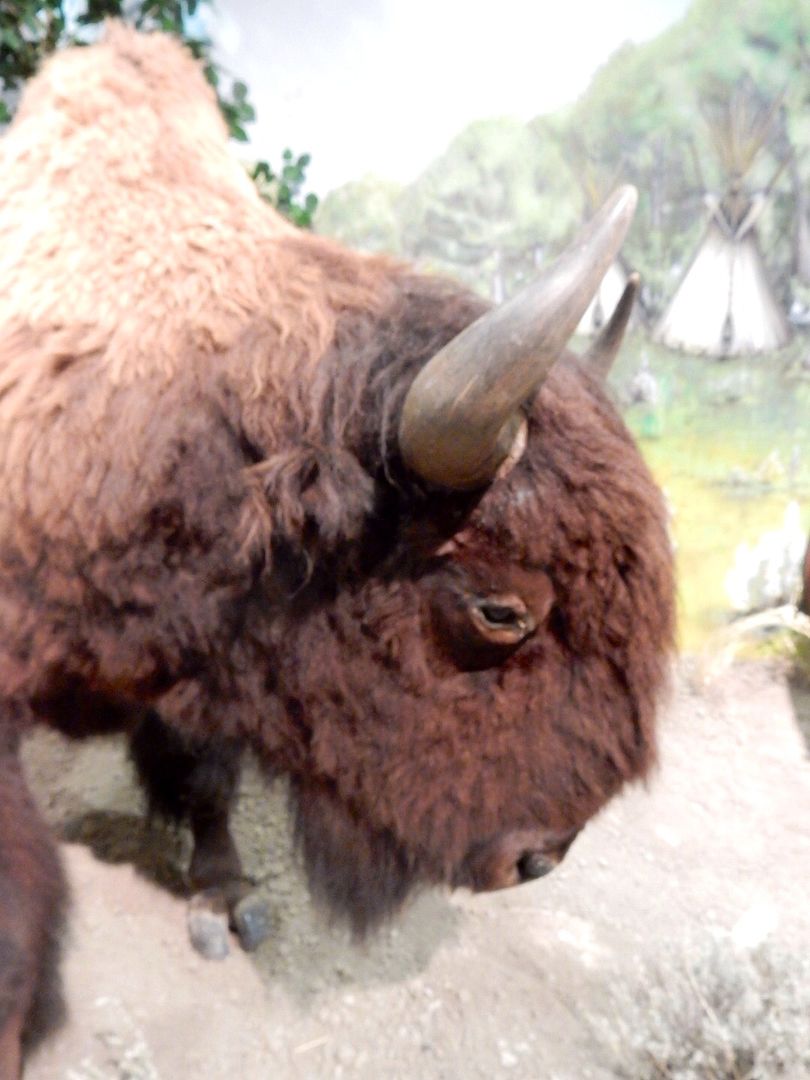

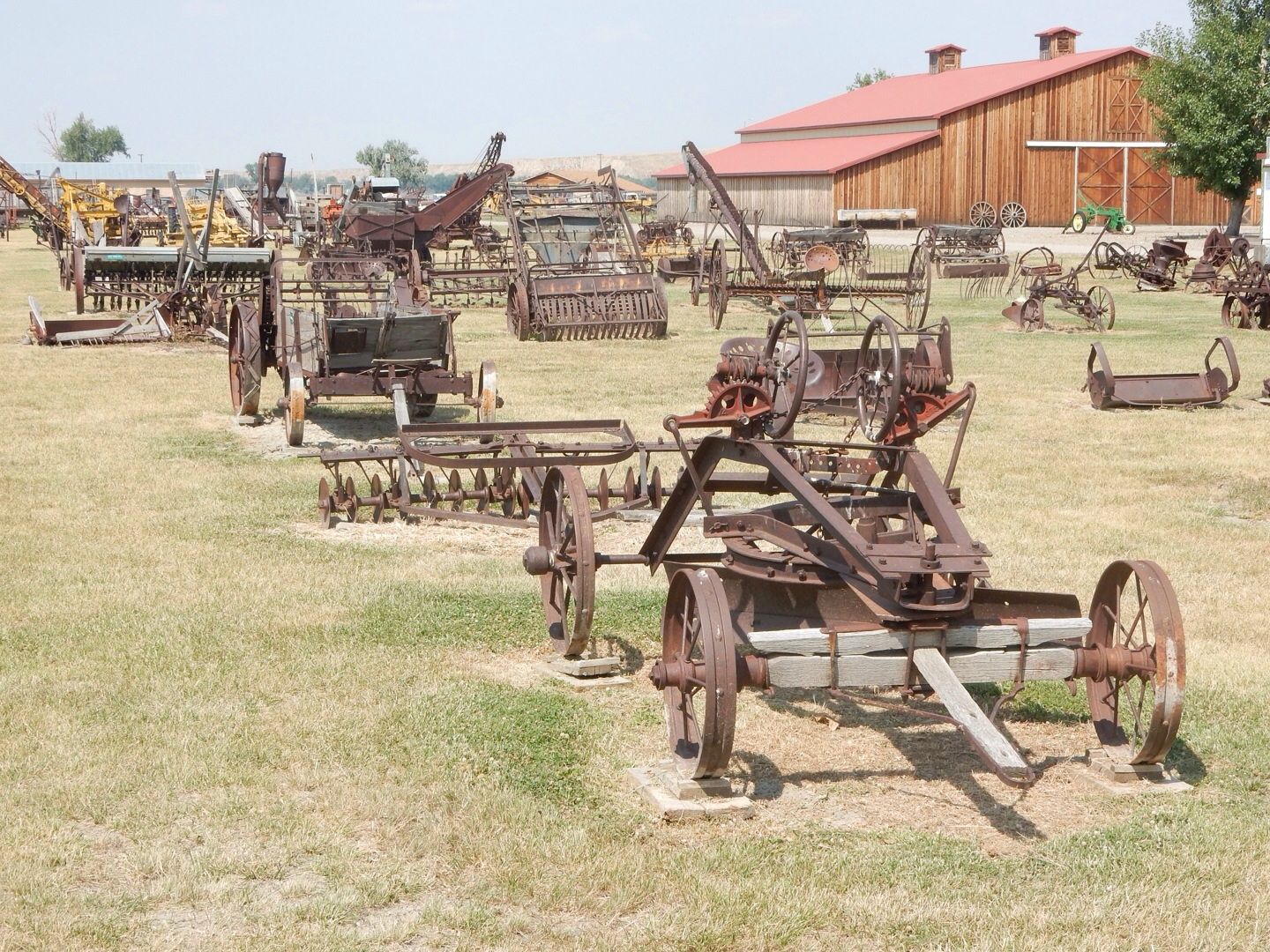
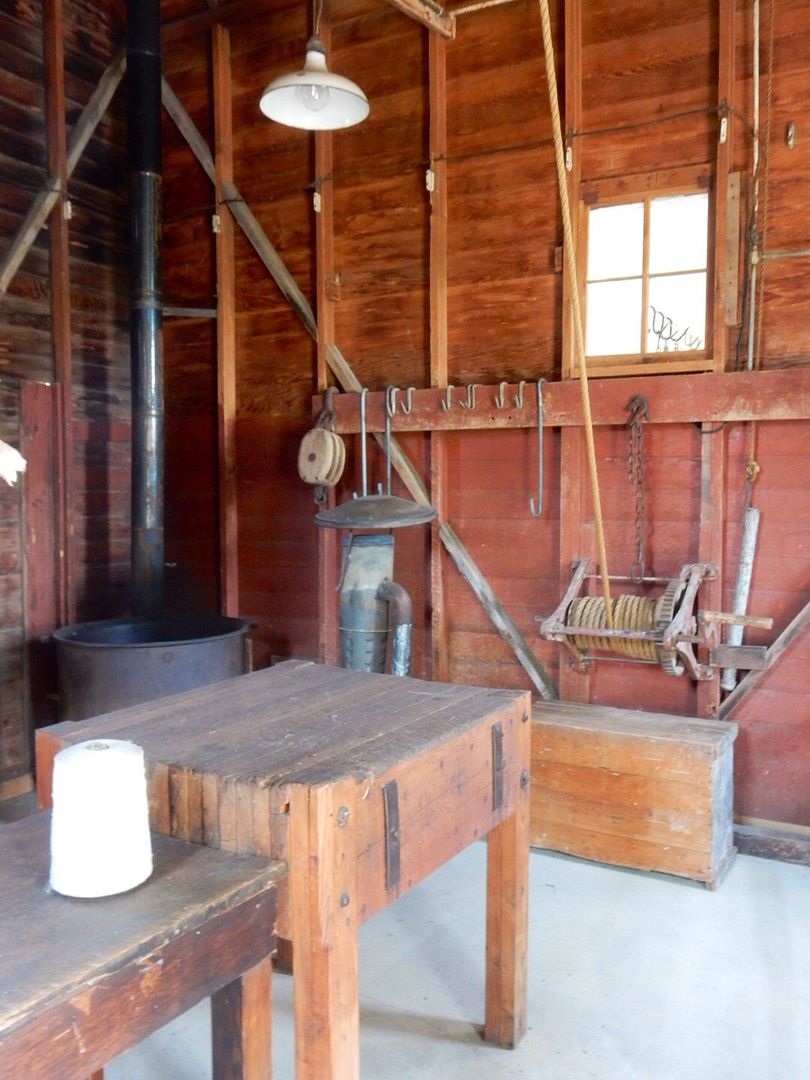
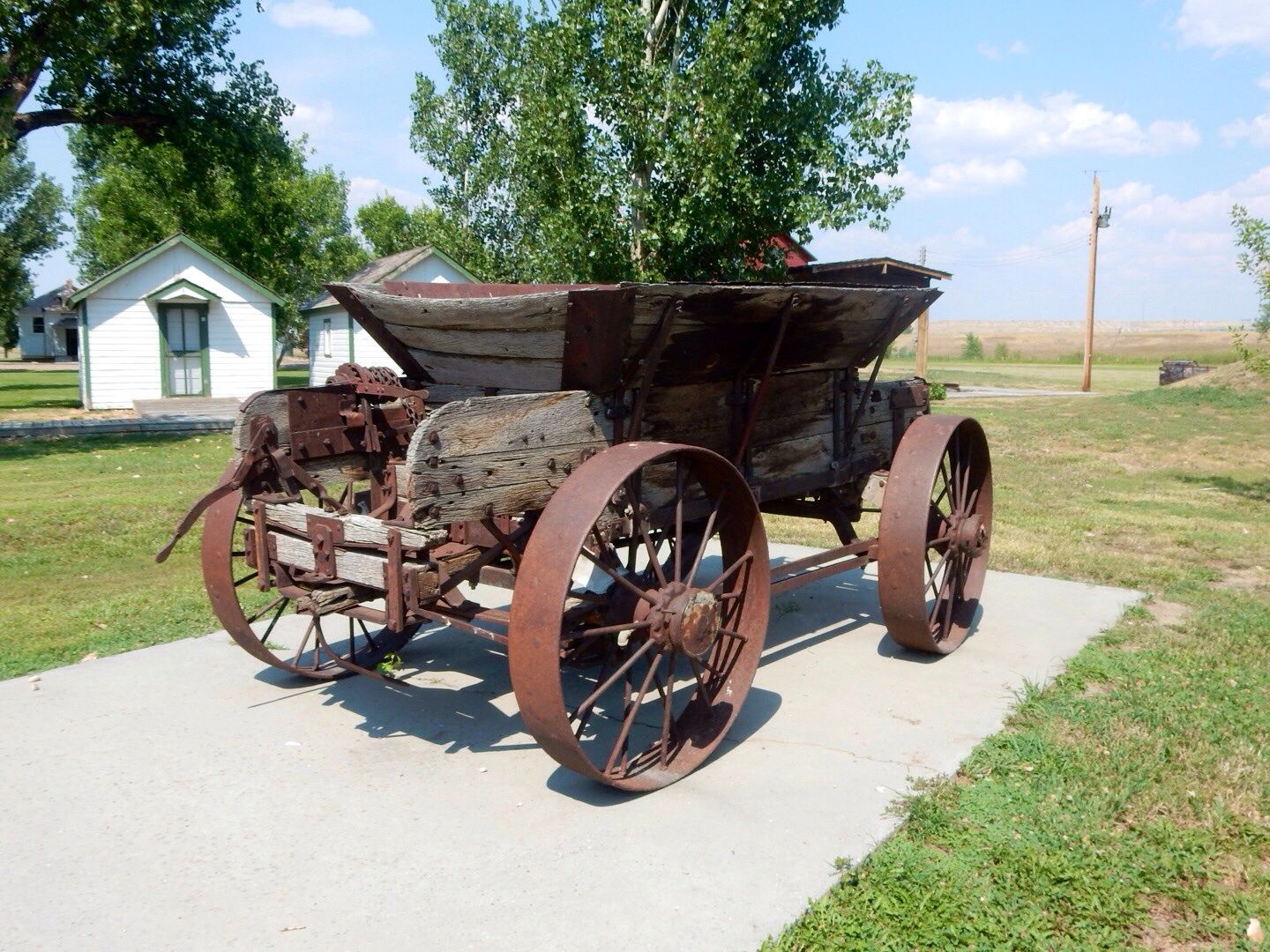
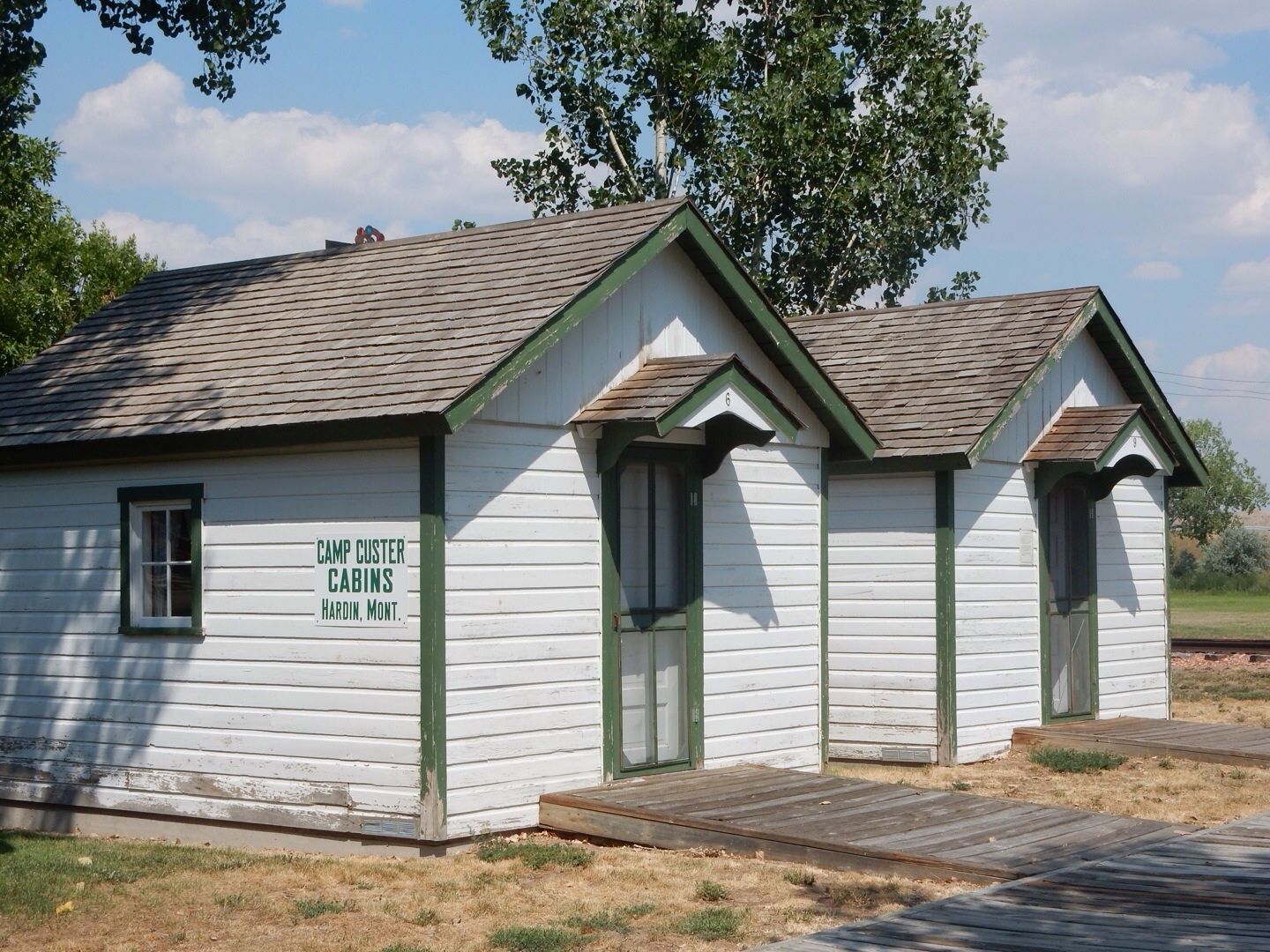
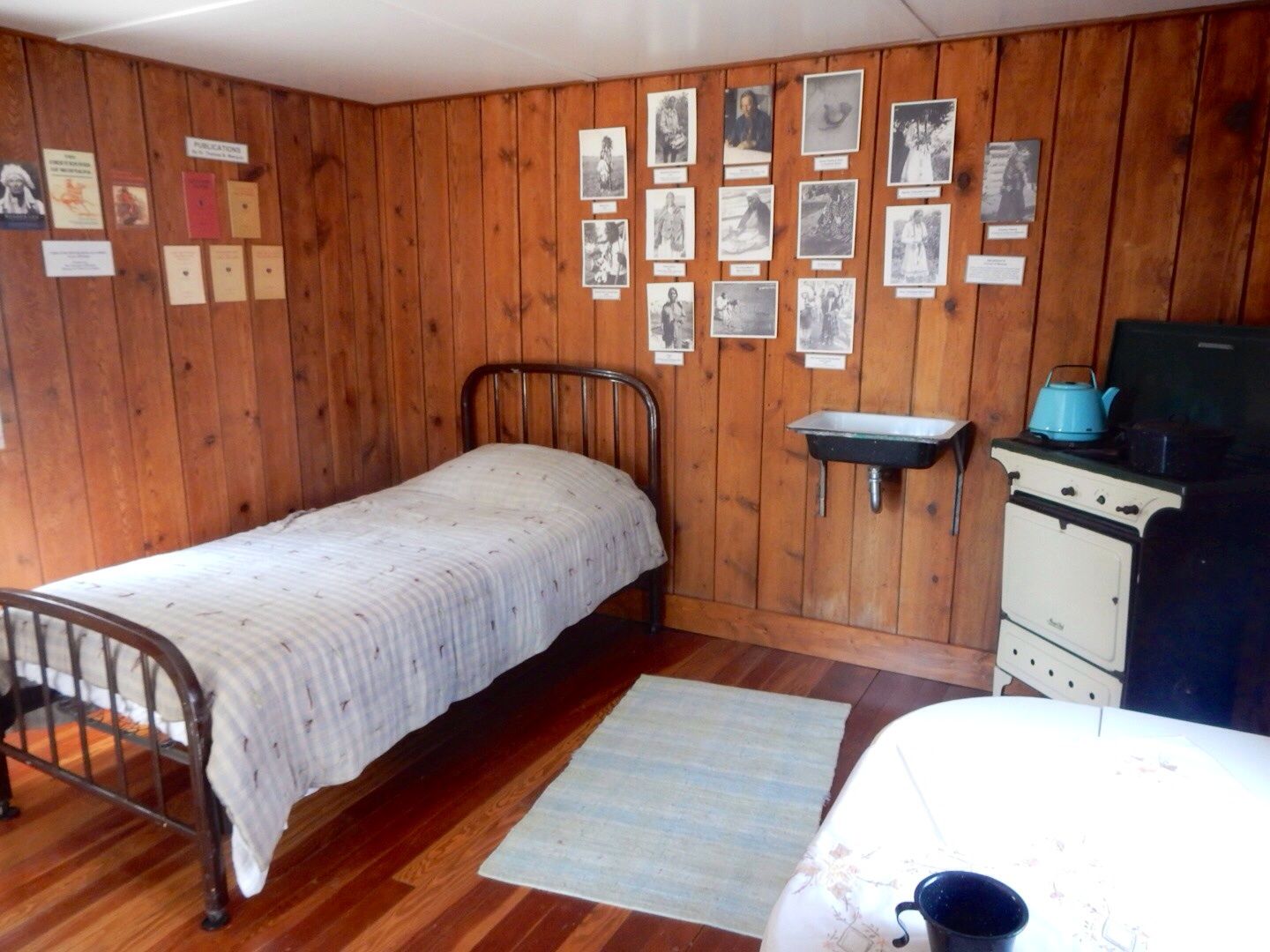
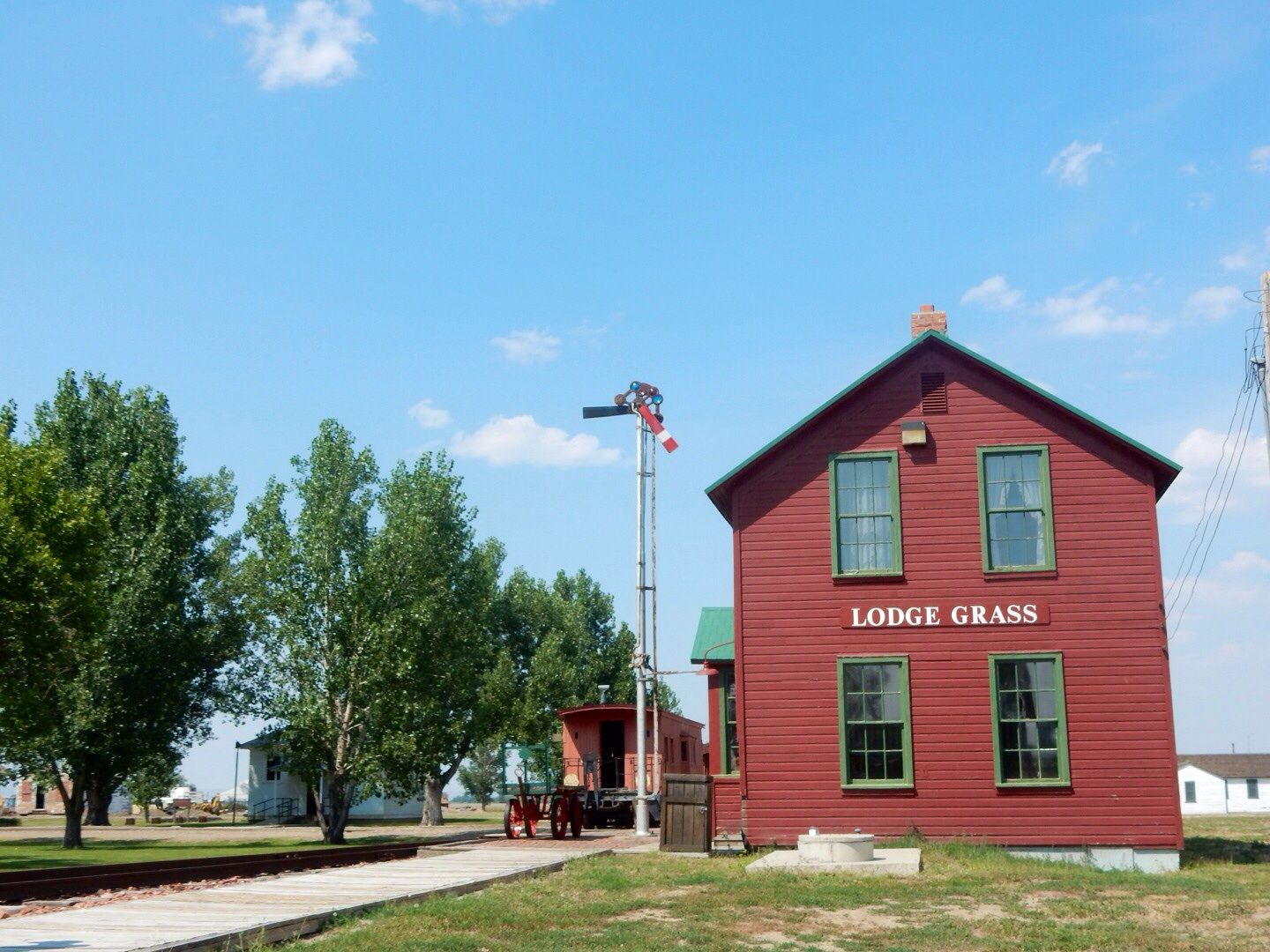
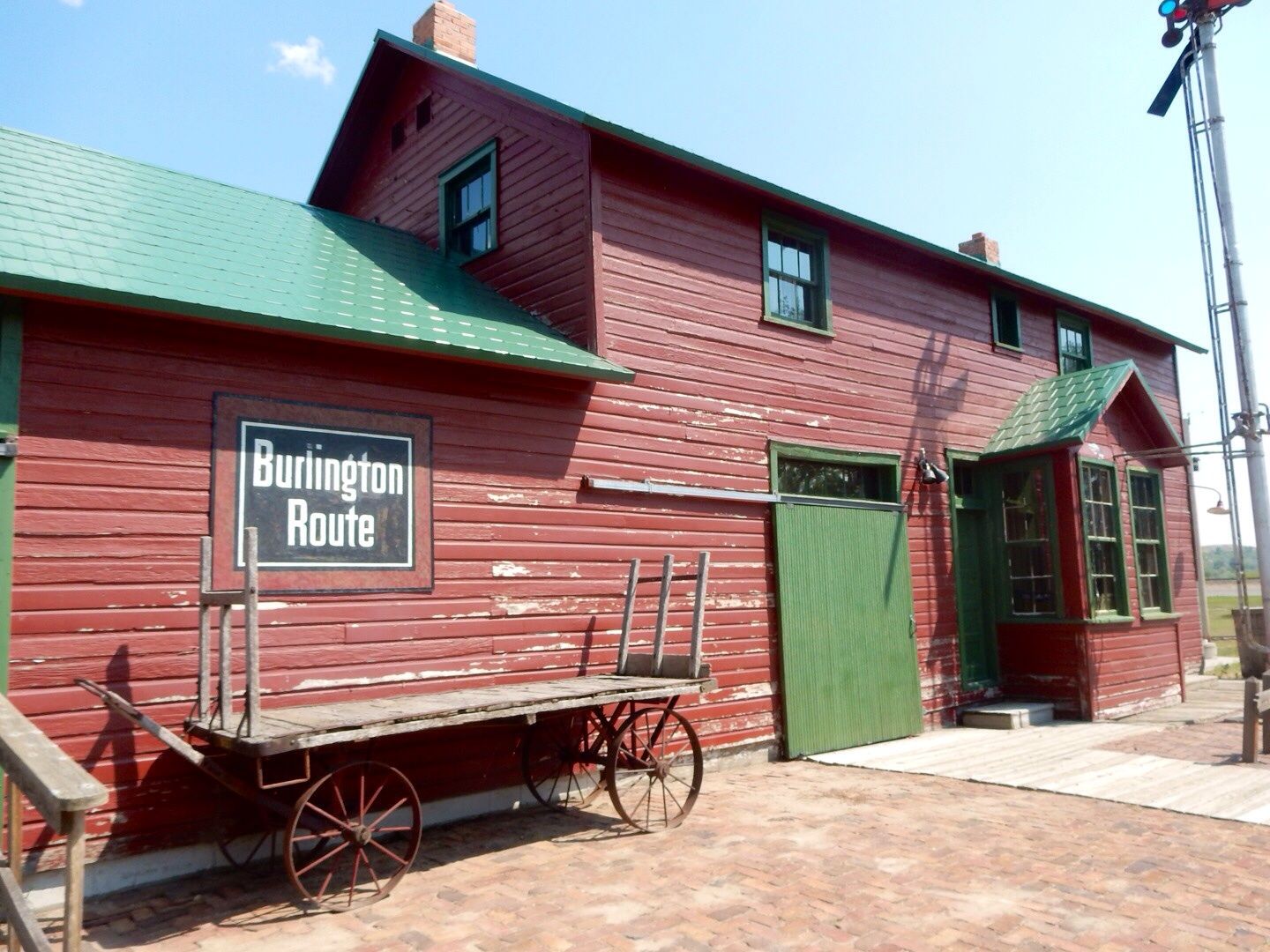
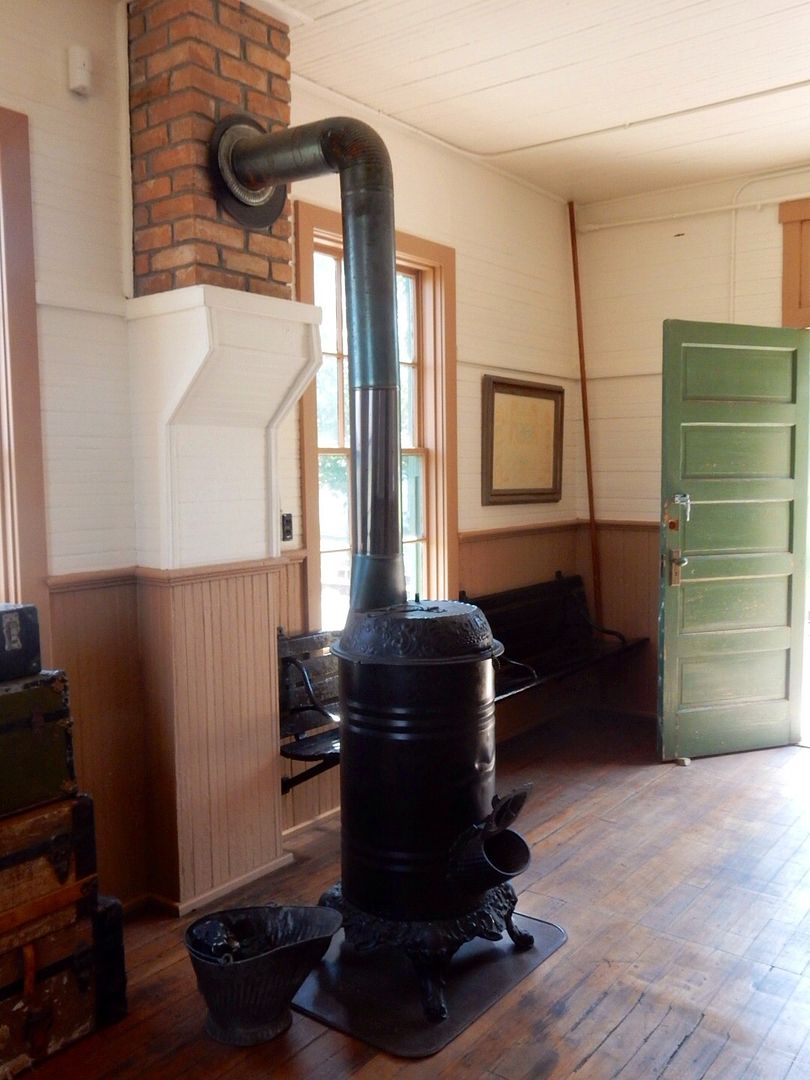
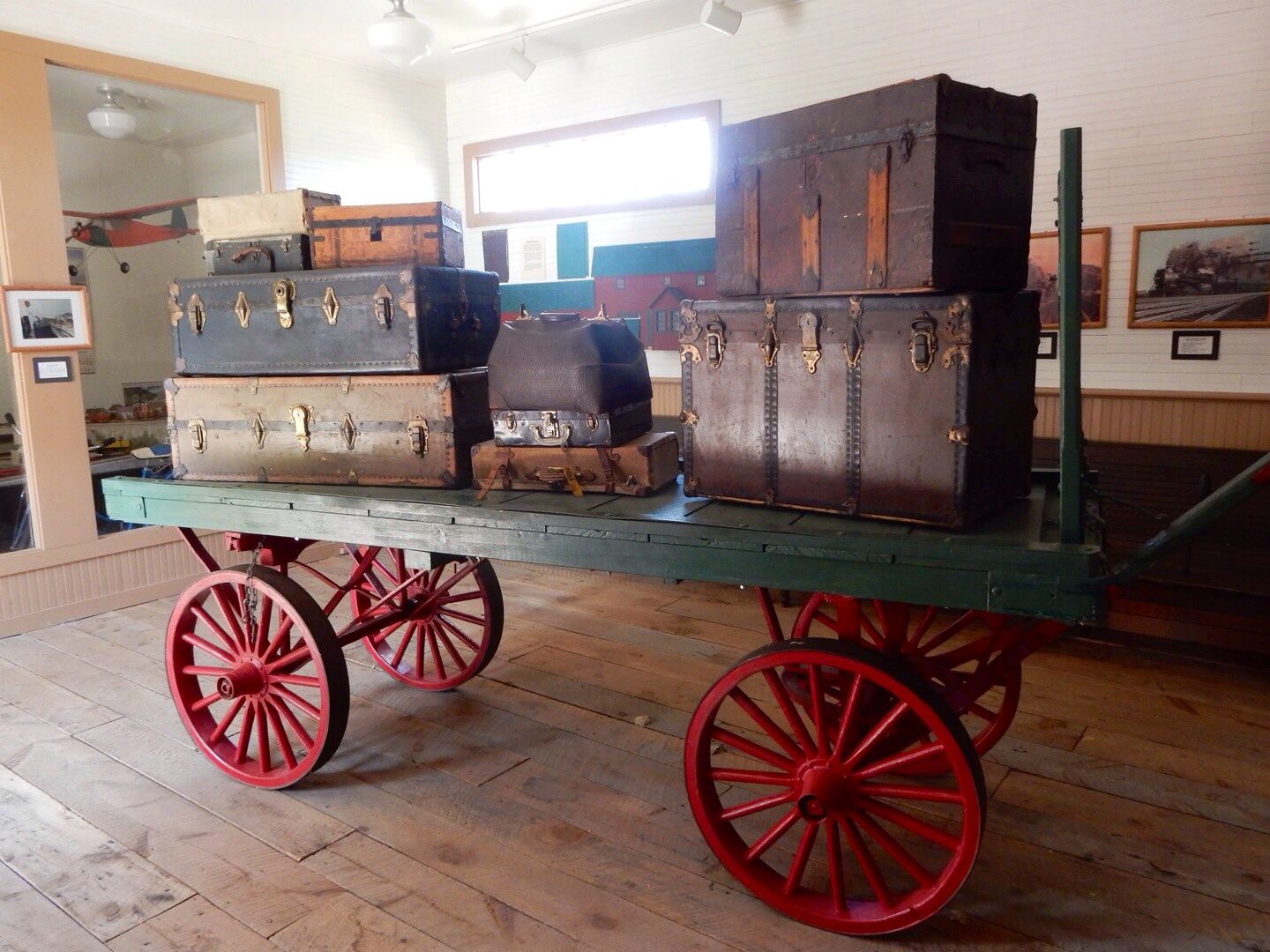
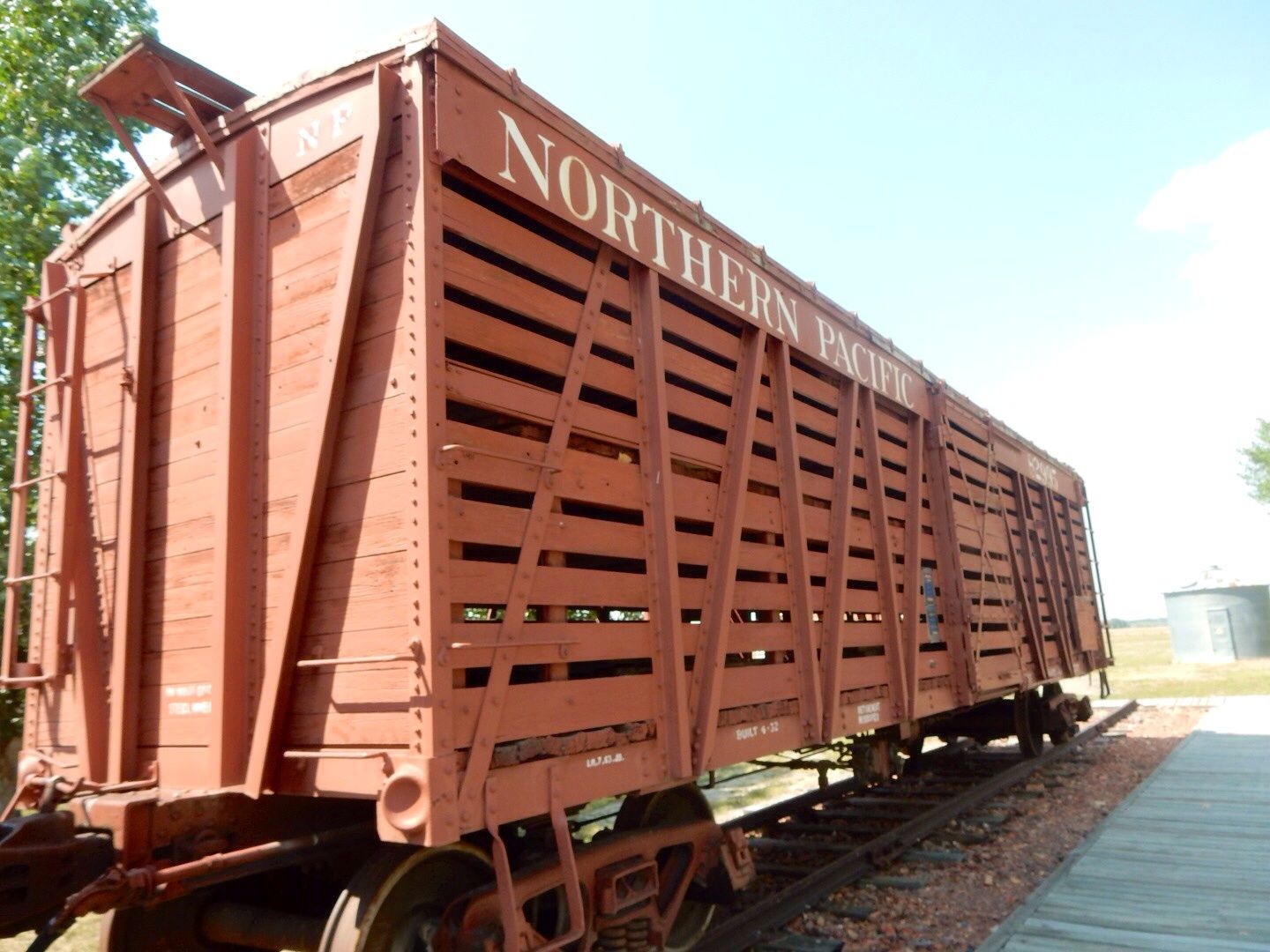
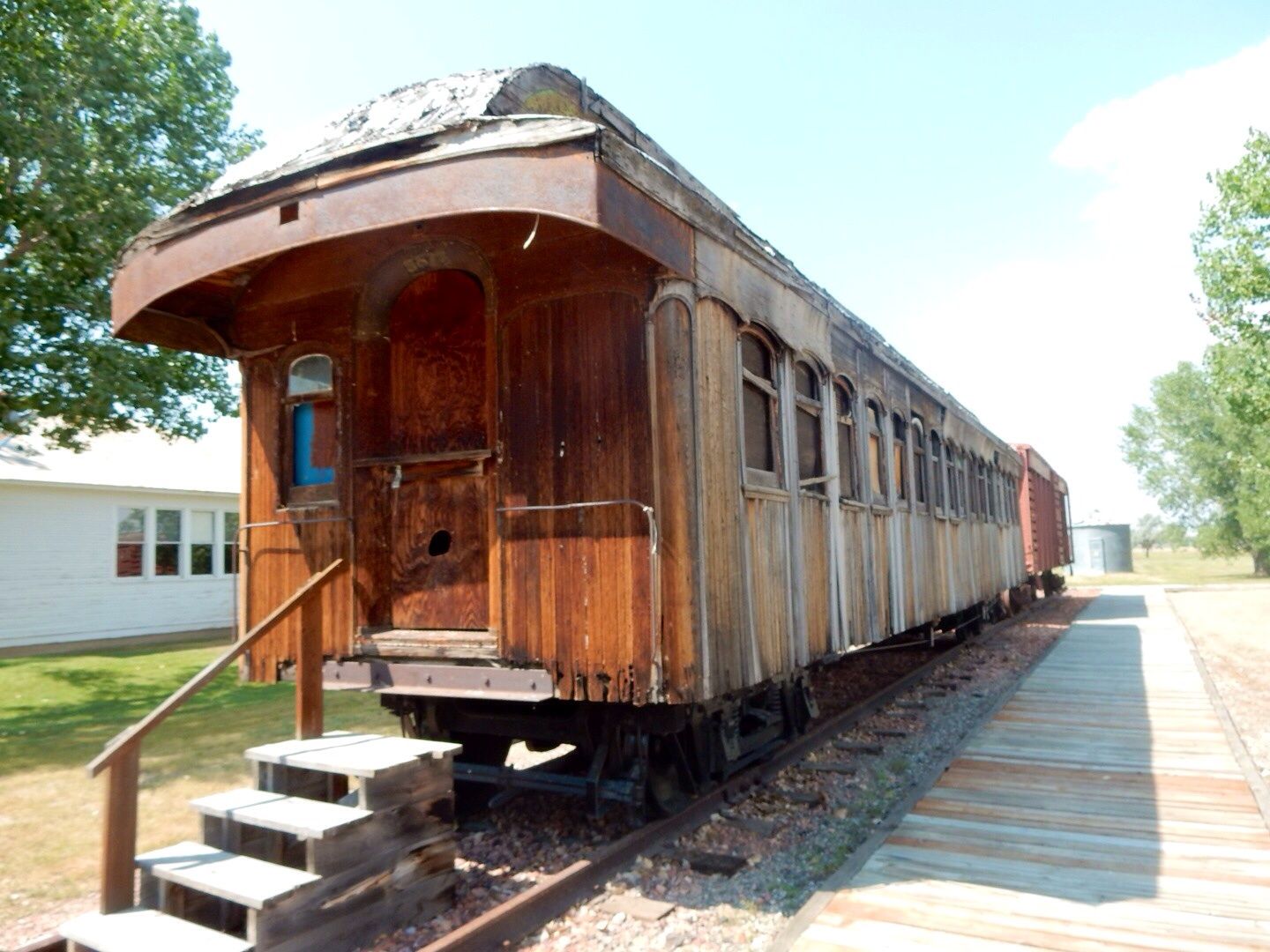
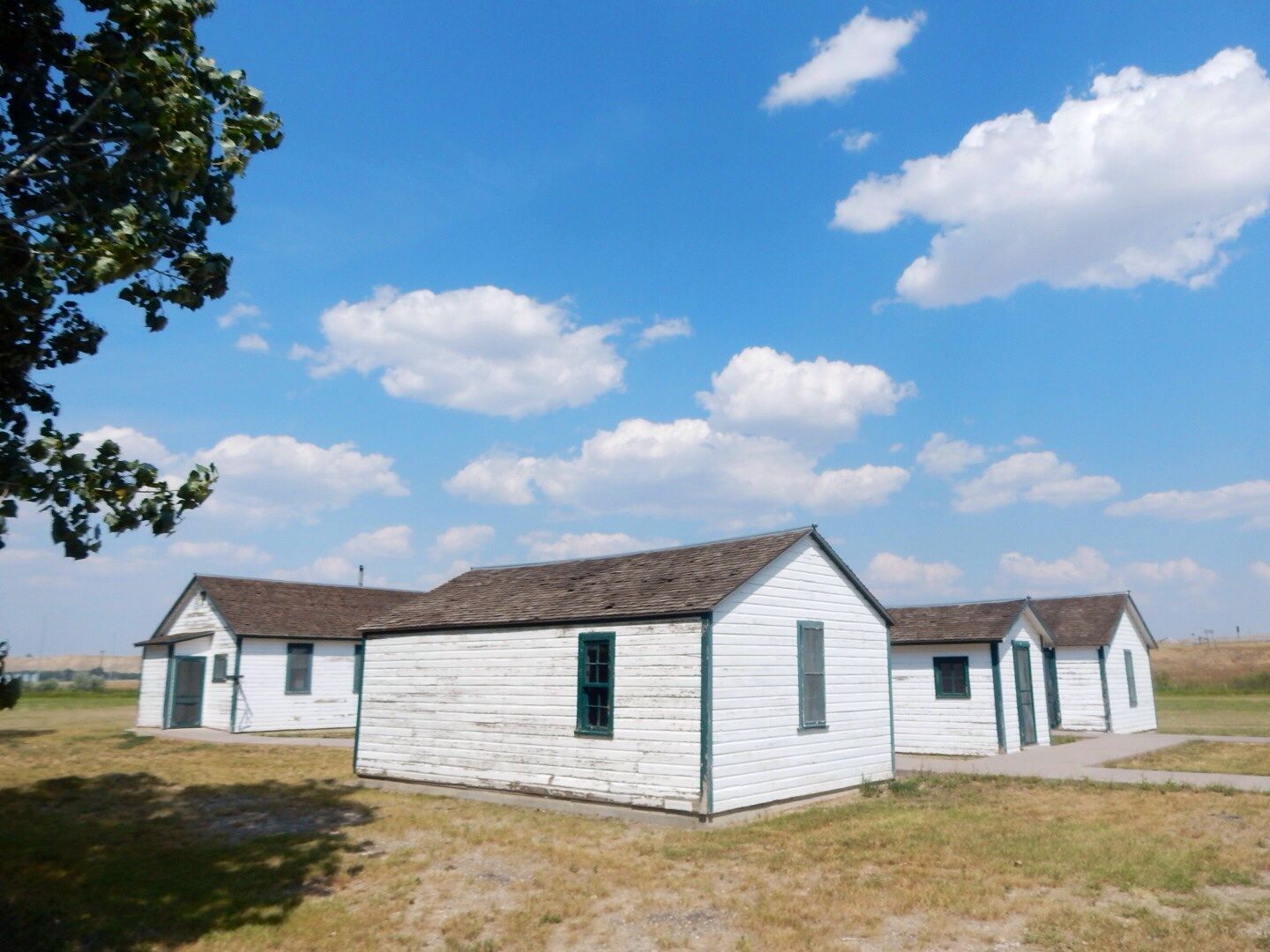
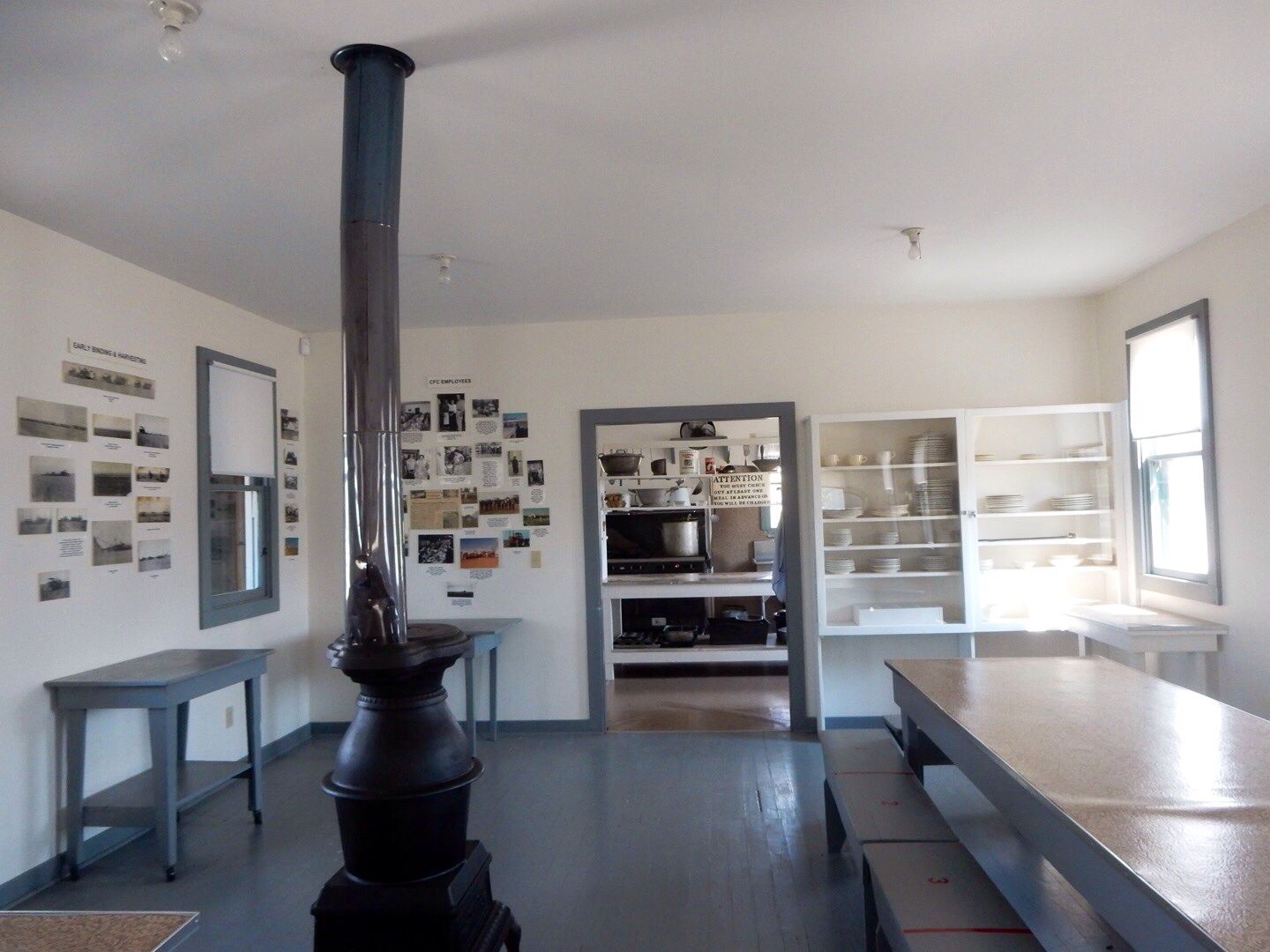
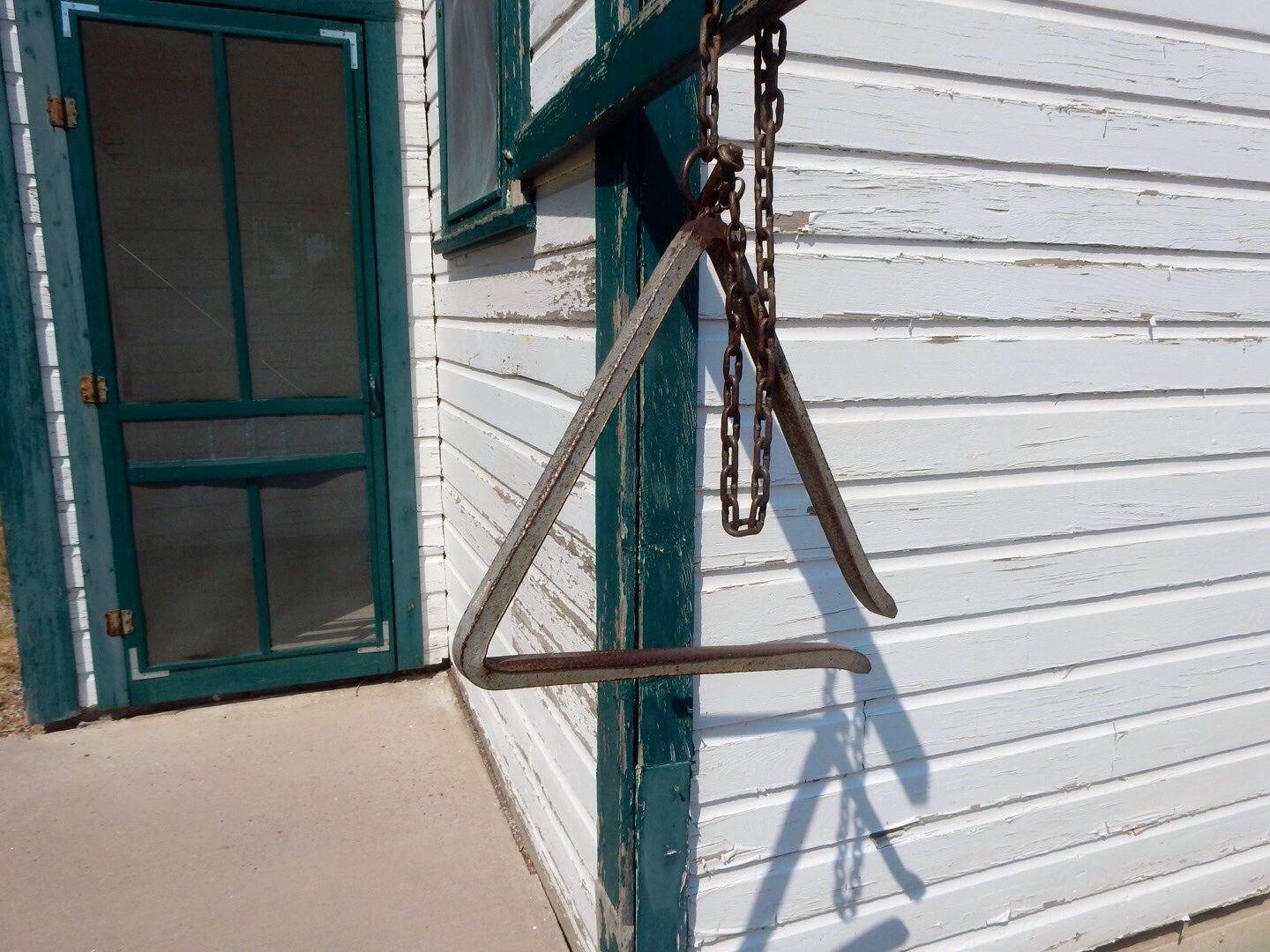
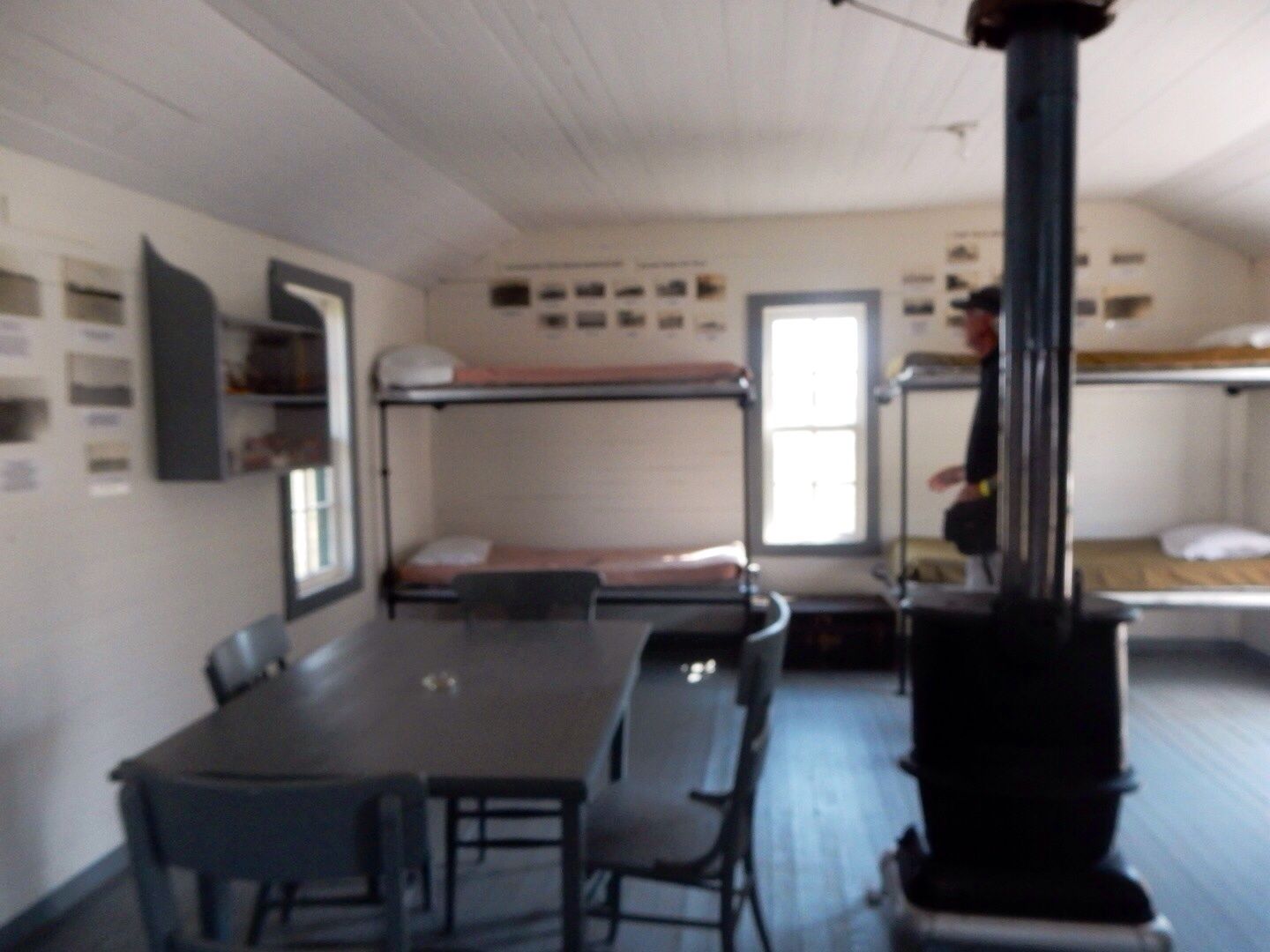
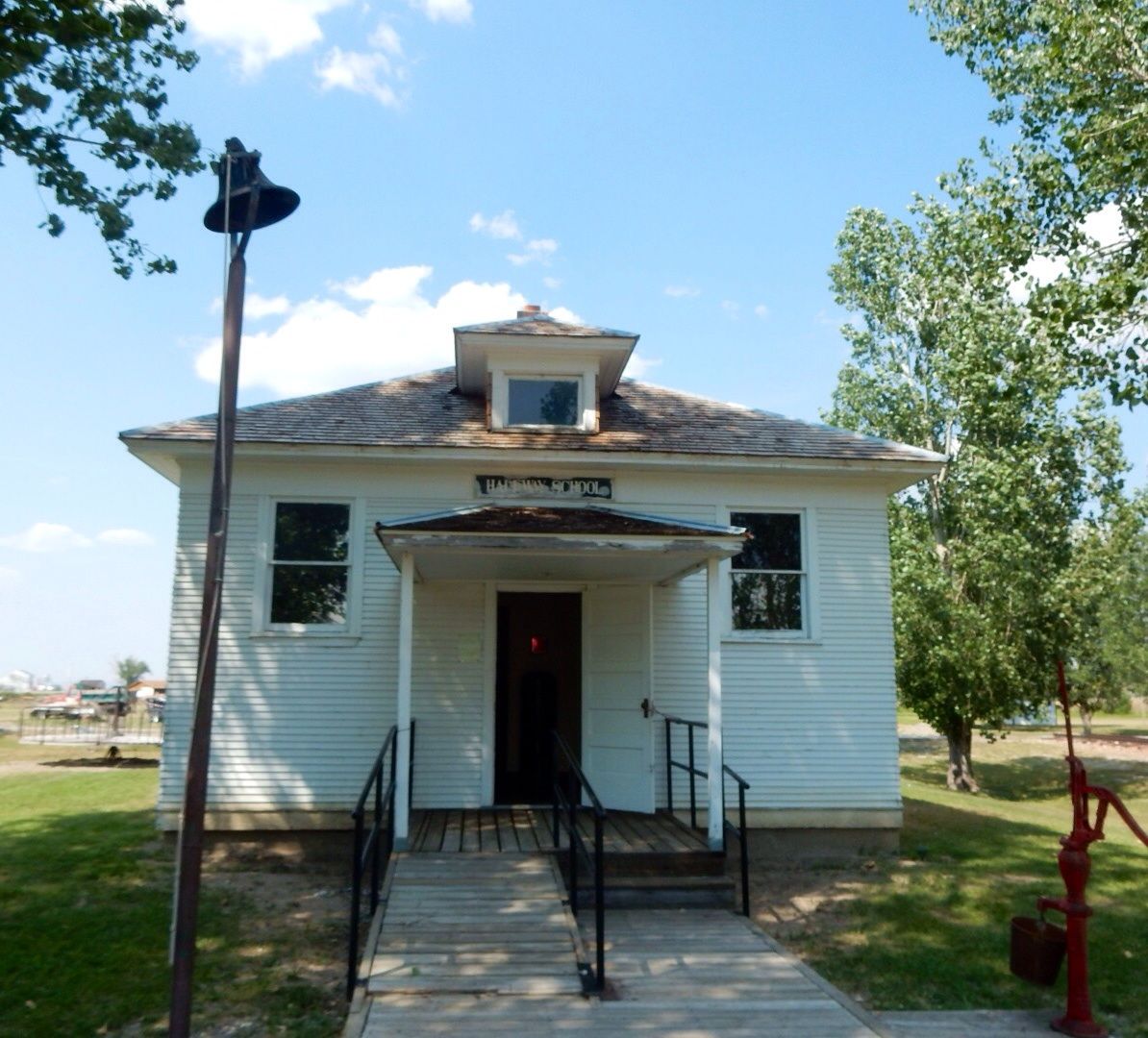


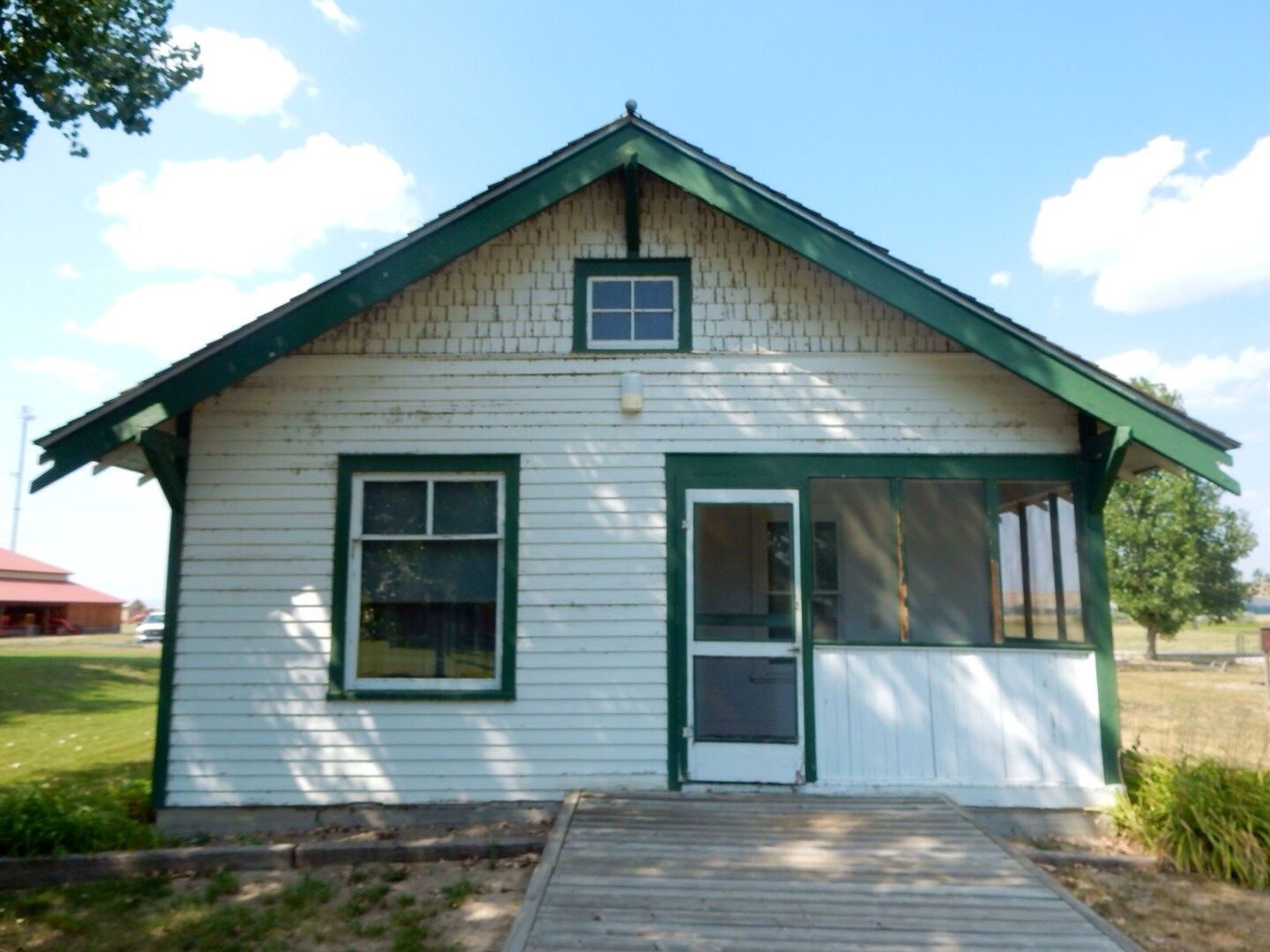
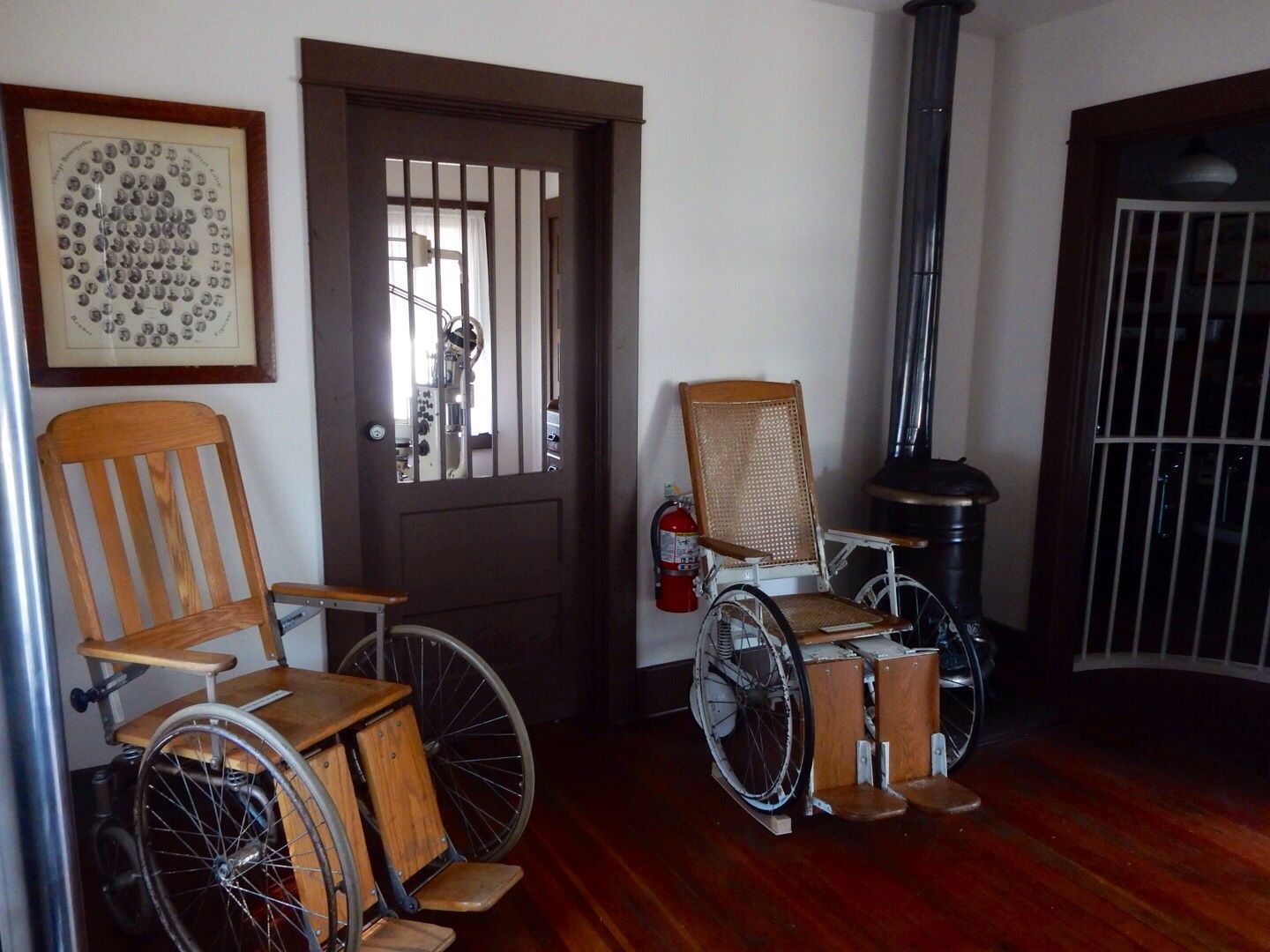
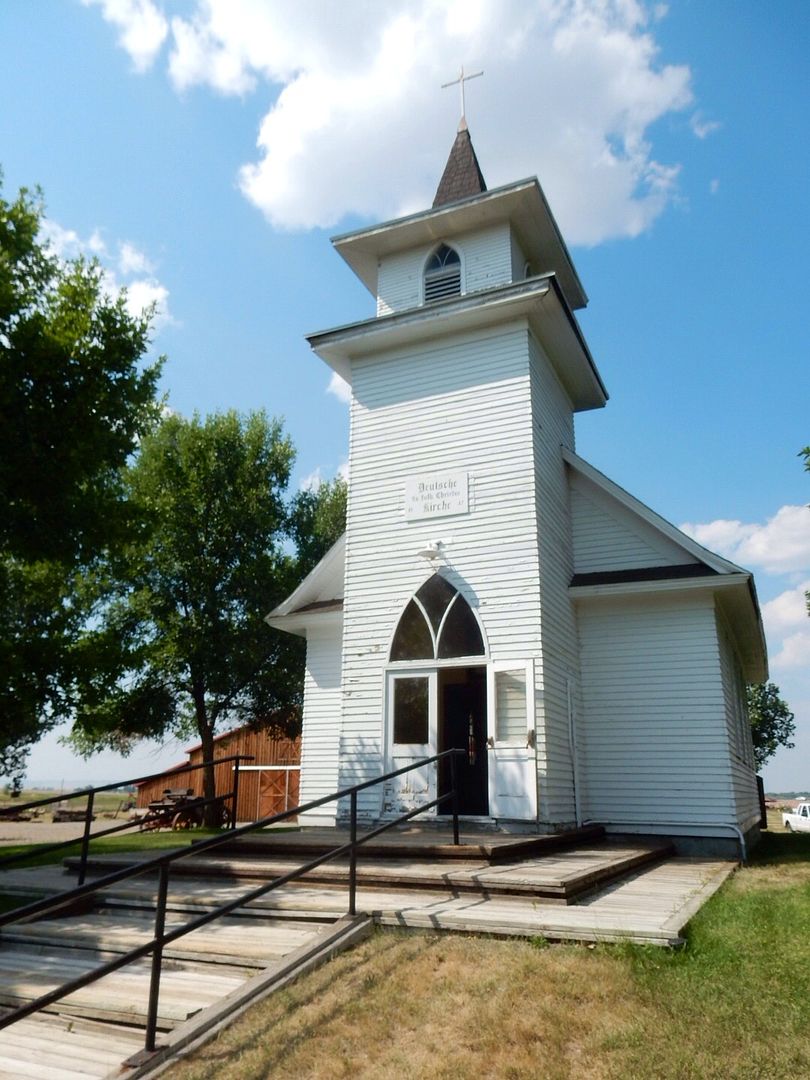
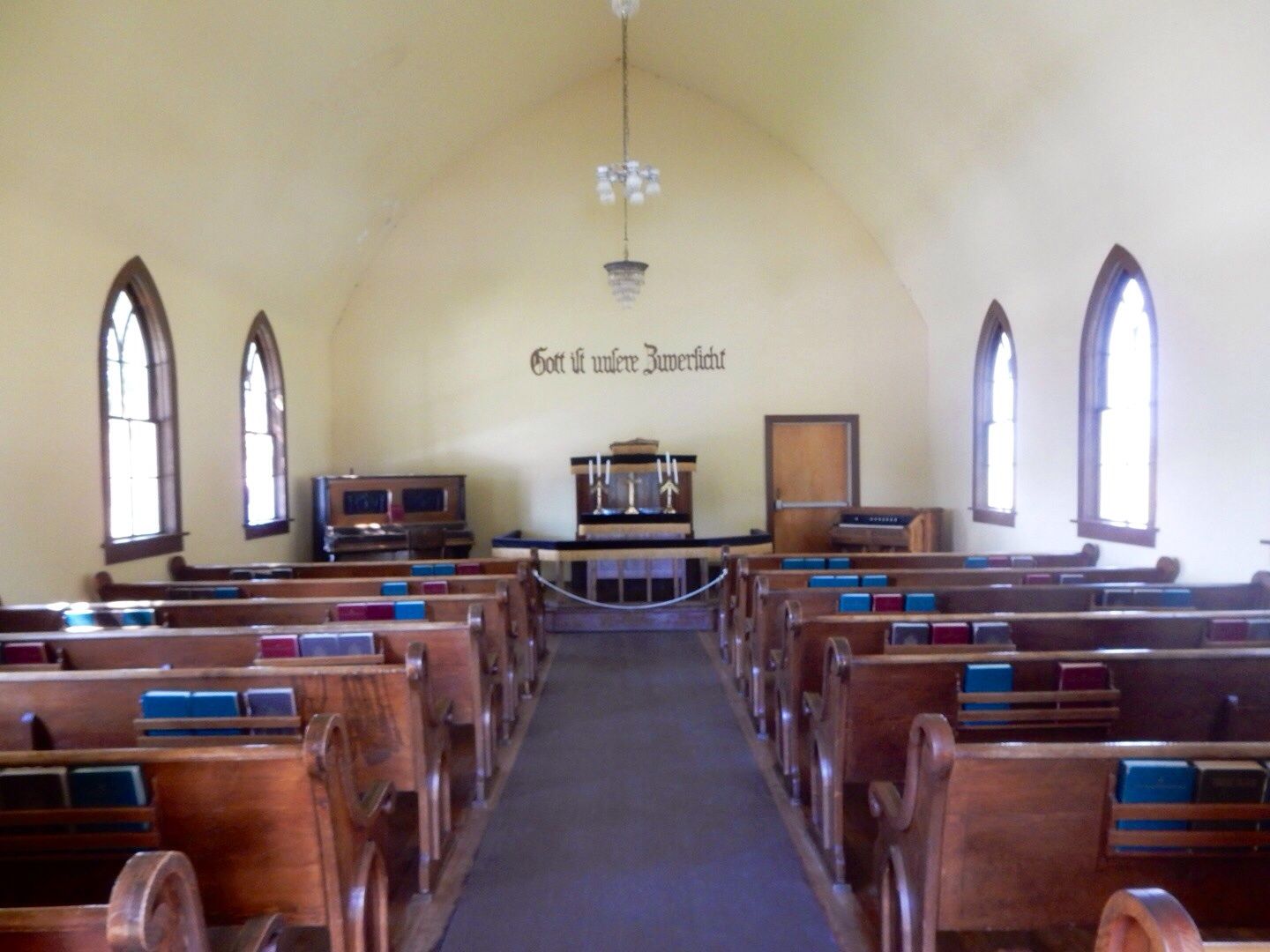
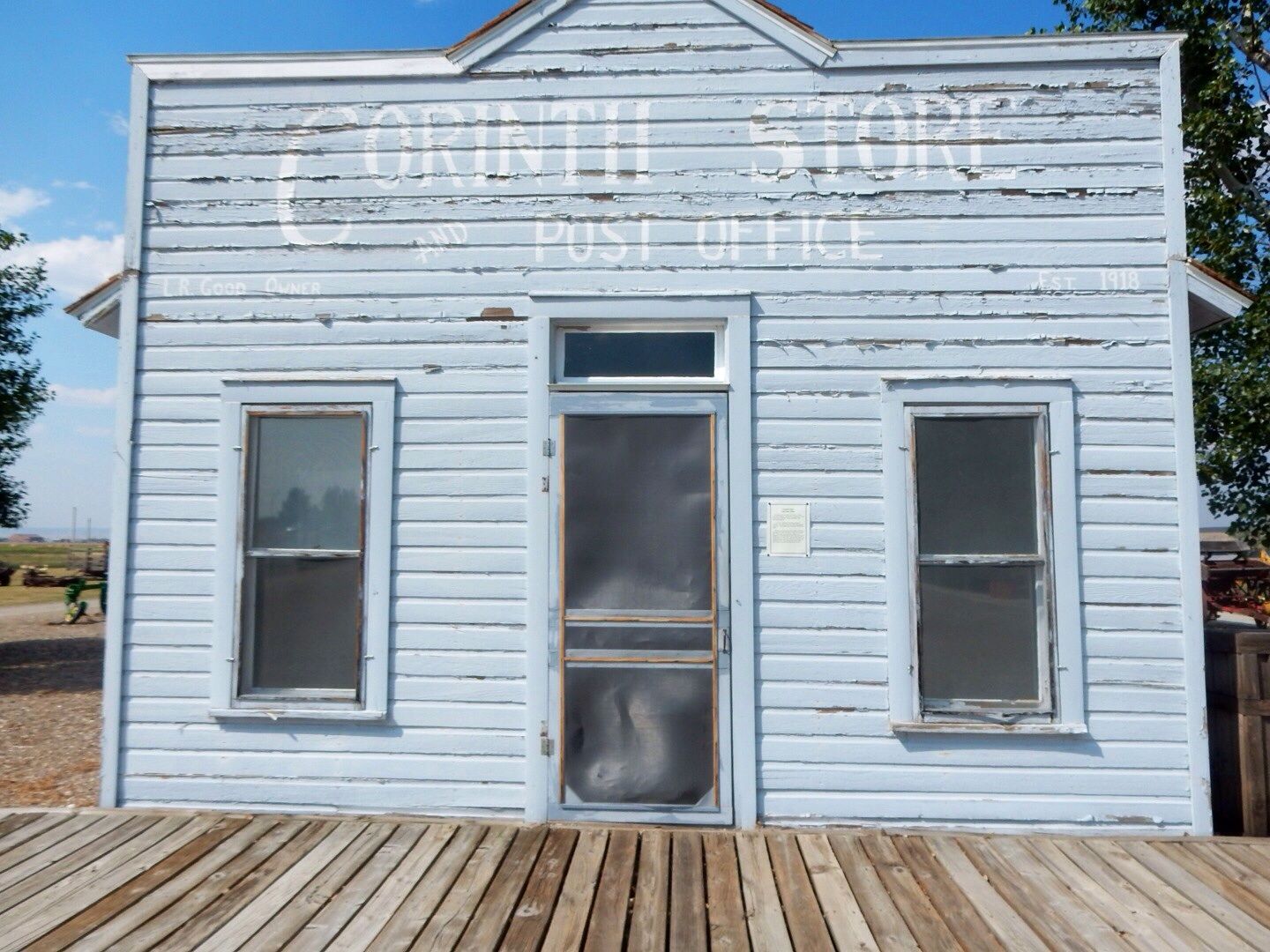
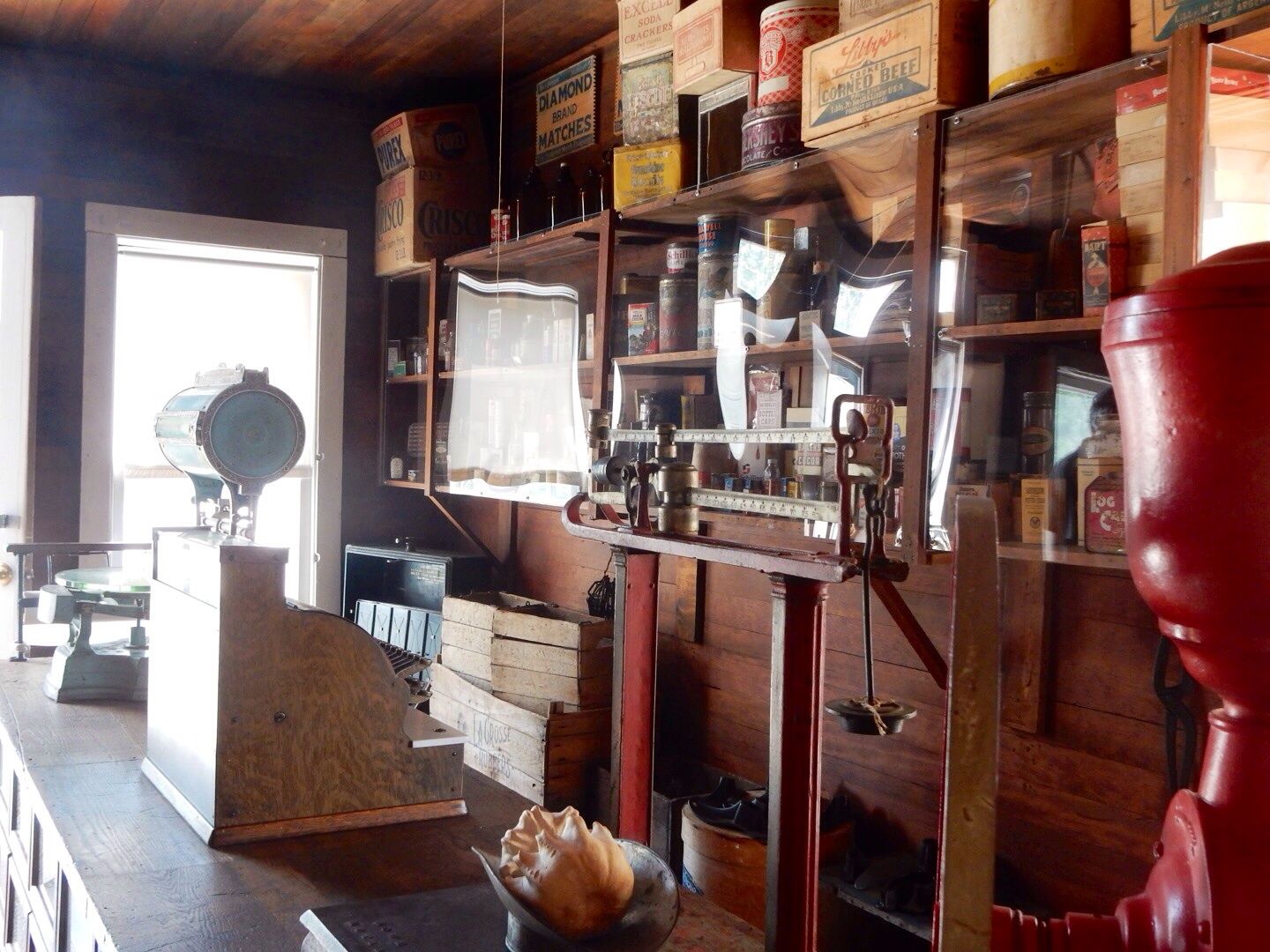
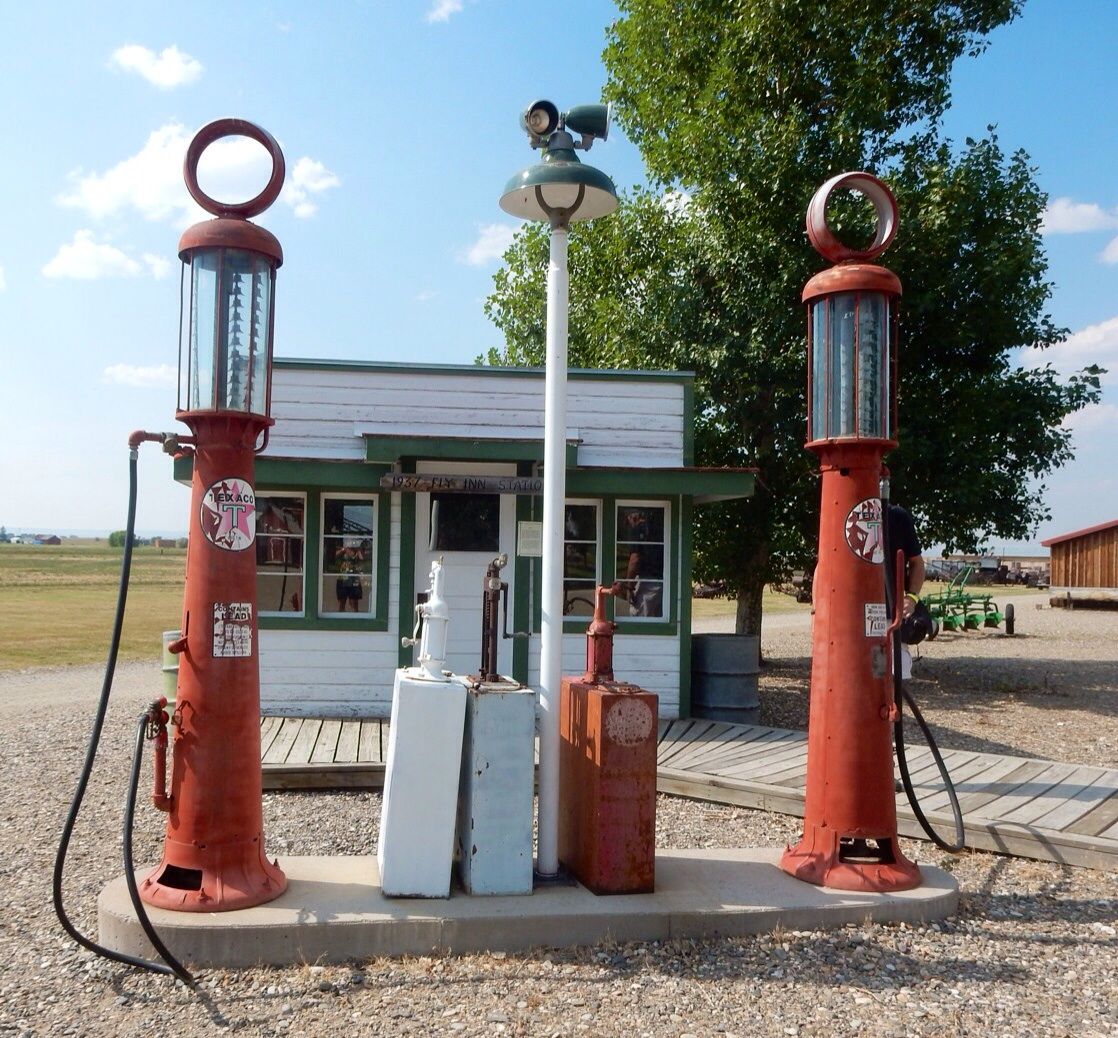
No comments:
Post a Comment